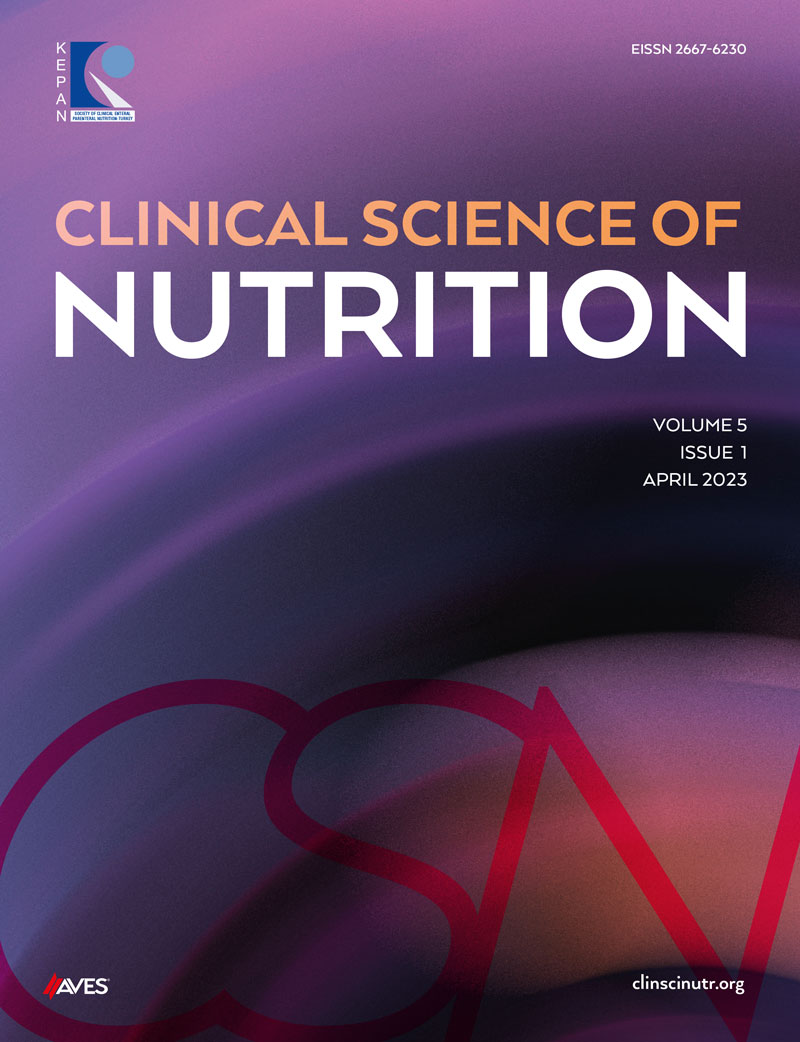Abstract
Objective: In this study, it was aimed to determine the approaches of physicians with intensive care unit experience to enteral nutrition therapy in patients requiring vasoactive drugs.
Methods: A 14-question electronic questionnaire was applied to physicians practicing in intensive care units.
Results: A total of 244 physicians (54.5% women) with a mean (SD) age of 39.76 (8.45) years participated in the study. The specialties of the participants were intensive care (35.2%), anesthesiology and reanimation (30.7%), and general surgery (16.4%). Interestingly, 39.3% of the study participants were not using any screening tool for the nutrition of critical patients. Although most of the physicians encountered enteral nutrition intolerance and gastrointestinal system complications as the most common reasons for enteral feeding interruption in patients receiving vasoactive drugs, it is demonstrated that the rate of vasoactive drug dose threshold use, routine assessment of organ failure, and follow-up organ perfusion was low.
Conclusion: Based on the results of this study, it is seen that there are differences among physicians in terms of nutritional approach to critically ill patients. It is obvious that these differences are more pronounced in doctors of different titles and institutions. In order to provide a standard treatment, especially in this critically ill patient population, it will be beneficial to increase the importance given to “nutrition therapy” in both specialist training and in-service training. In addition, it is thought that standardization will be achieved in patient care by including “nutrition therapy” in treatment protocols, considering the recommendations made by current guidelines.
Keywords: Enteral nutrition, critical illness, shock, vasoactive drugs, enteral nutrition intolerance
Copyright and license
Copyright © 2023 The author(s). This is an open-access article under the terms of the Creative Commons Attribution License (CC BY) which permits unrestricted use, distribution, and reproduction in any medium or format, provided the original work is properly cited.










